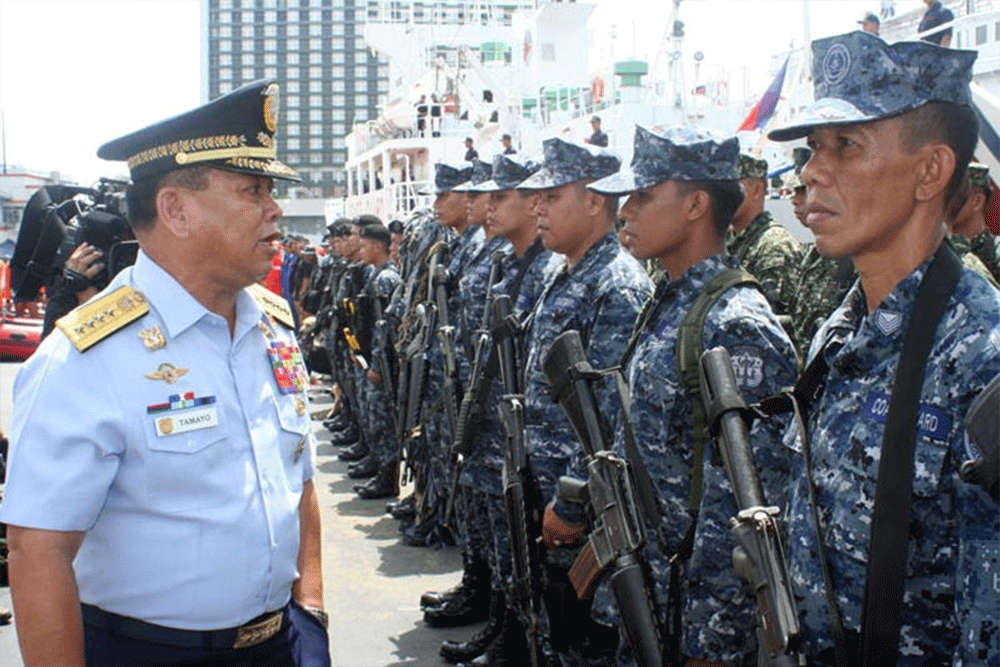The stewardship of the Philippine Coast Guard (PCG) by its 22nd Commandant Admiral Wilfredo D Tamayo can be said to have added a whole new dimension to maritime safety administration.
The Admiral is due to retire this month. While many others had come and gone before him, he will be remembered as the one who pushed hard for the enactment of Republic Act 9993, otherwise known as the Philippine Coast Guard Law of 2009.
In a country that still has to live down memories of the 1987 Dona Paz ferry disaster, the passage of the measure can only be described as a milestone.
Is the Coast Guard a military or a civilian entity? Or is it a little of both? The question has long been bugging a lot of people, including, ironically enough, many PCG personnel.
The matter has been put to rest by the RA9993, which defines the PCG as an armed and uniformed service attached to the Department of Transportation and Communications (DOTC).
By delineating the powers and functions of the PCG, RA9993 has been a real morale-booster, giving the men and women of the PCG a stronger sense of identity and purpose.
Even before the advent of RA9993, Admiral Tamayo had set clear directions for the entire outfit. Quality became a cornerstone of his management.
The Coast Guard Action Center, for example, was awarded the Quality Management System (QMS)/ISO 9001 Certification in 2008 – making the PCG the second Coast Guard in the world to obtain such certification.
The stress on excellence isn’t surprising. Admiral Tamayo has striven for it all his life.
He graduated from the United States Coast Guard Academy (USCGA) in New London, Connecticut, in 1979 (Bachelor of Science in Civil Engineering). He also has a Master’s Degree in Business Administration from the La Salle University.
He is a product of the public school system – Esteban Abada Elementary School (Salutatorian) and San Francisco High School (First Honorable Mention and Gerry Roxas Leadership Awardee), both in Quezon City.
Admiral Tamayo has had a well-rounded Coast Guard career, both at sea and on shore. In the end, though, his term as PCG Commandant will be judged solely by what the organisation has done.
The statistics are nothing to sneeze at. From June 2008 until March 2011, the PCG conducted 1,844 search-and-rescue missions and saved 18,645 lives.
In addition, it provided assistance to 2,341,683 persons and 2,545 vessels; restored or maintained 556 lighthouses; responded to 86 oil spills (plus four chemical and one coal spill); and conducted 916 coastal/river clean-ups.
Port State Control inspections, an important part of the PCG’s job under the international maritime regulatory framework, totaled 5,990.
The PCG also made a number of apprehensions: 29 for transport of illegal firearms/explosives; 333 for illegal fishing or transport of banned marine products; 17 for illegal intrusion and poaching; 116 for smuggling; 14 for drug trafficking; and 31 for human trafficking.
The proof of the pudding is in the eating. Admiral Tamayo as well as the organization he has headed for three years have provided it.
Source: http://unitedfilipinoseafarers.ph/the-man-on-the-coast-guard-helm/
